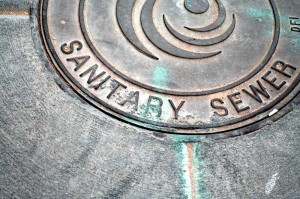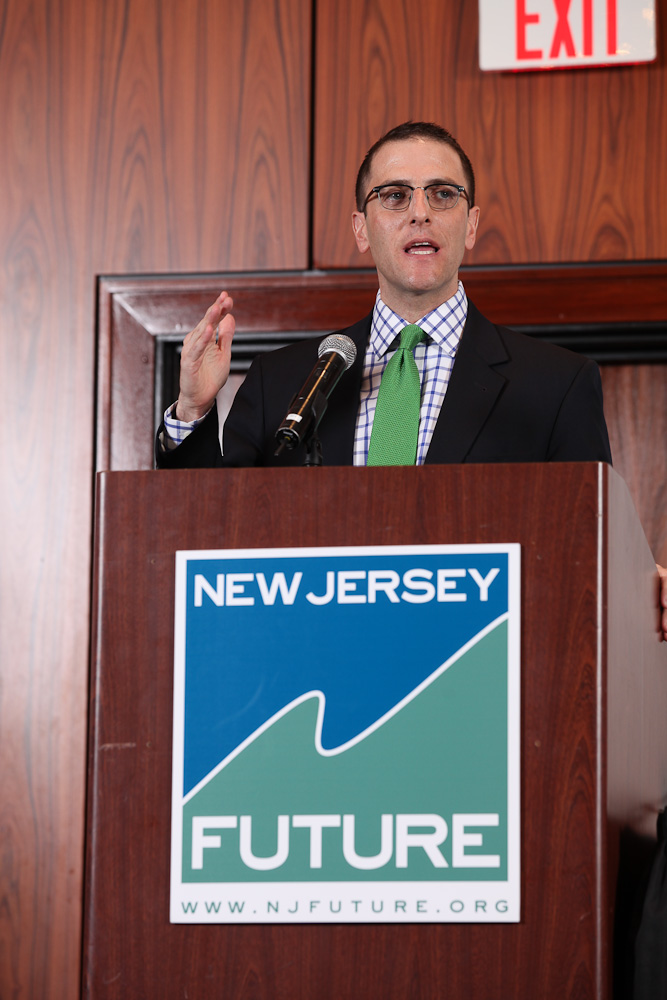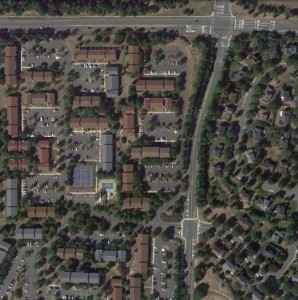New Jersey Future Blog
New Jersey’s Water Infrastructure: The Biggest Risk Is Doing Nothing
June 25th, 2013 by Elaine Clisham
Panelists at a June 14 symposium on building a resilient infrastructure after Superstorm Sandy laid out in clear terms the vulnerabilities in the state’s water system that the storm uncovered, and discussed the steps that need to be taken to make the systems more resilient. On the panel were Michele Siekerka, deputy commissioner for water resource management at the New Jersey Department of Environmental Protection; Robert Hughey, a member of the group Facing Our Future that recently issued a status report on various elements of New Jersey’s infrastructure; Richard Dovey, president of the Atlantic County Utilities Authority; and Stephen Schmitt, vice president of operations at New Jersey American Water.
Among the challenges they highlighted:
Pipe Age
The biggest problem cited by all panelists was the age of New Jersey’s water infrastructure. Schmitt said that 20 percent of all the state’s water system pipes are over 100 years old, and another 10 percent are between 80 and 100 years old – in other words, they have exceeded their useful life, and the longer we wait before replacing them the more expensive it will be to repair them.
But catastrophic water main breaks are only the tip of the iceberg. Both Schmitt and Siekerka cited flow reductions, leakage – sometimes as much as 40 percent of capacity – and the resulting degradation in water quality as less visible but no less significant results of pipe age.
Lack of Asset Management
One large theme that was mentioned by all panelists was the need for good asset management. The state currently has an antiquated and deteriorating system, and it is urgent that a complete inventory of assets be developed, along with information on their condition – something that doesn’t exist at the moment. With that inventory, a sound asset management plan can be drawn up that will over time bring those assets up to the condition necessary both to support future economic growth and to withstand the impacts of future storms. Schmitt cited as a best practice the goal of replacing 1 percent of infrastructure per year, or replacing an entire system over the course of a century. Most water utilities, he said, plan and invest at a small fraction of that level, and many utilities are completely reactive, with no funding set aside for proactive management. Stop-and-start and wait-and-see approaches to managing infrastructure assets are much less efficient, much more costly and much more disruptive than a well-thought-out asset management plan, Schmitt said.
For the first time, panelists noted, asset management also needs to include resilience against new threats, such as storm surge. To do this, Siekerka said, every repair or upgrade plan must have embedded within it the necessary steps to build in the needed additional resiliency.
Lack of Good Cross-Sector Integration
Both Siekerka and Schmitt discussed the need for better integration between water infrastructure management and other critical infrastructure, including transportation, electricity, natural gas, fuel, chemical, key facilities like hospitals and communications centers, and the telecommunications network.
Disjointed Governance
Panelists listed the lack of integration and coordination at several levels as challenges to efficient water infrastructure management. Home rule, Siekerka said, presents a significant challenge since many water infrastructure issues affect more than one jurisdiction. She also pointed out that many water supply utilities are investor-owned, while most wastewater utilities are public, so they are regulated by different entities and have different financial pressures. Dovey noted the lack of any dedicated jurisdiction charged with managing stormwater, which is left to individual municipalities to address along with such local imperatives as public safety and schools. He suggested that creating a stormwater utility could address this gap.
Lack of Funds
All panelists cited the declining availability of funds to invest in upgrades and increased resiliency, despite the urgent need. Hughey quoted figures from a recent Facing Our Future report that approximately $9 billion needs to be invested in water supply infrastructure upgrades, and $15 billion for stormwater management upgrades. (These numbers do not cover wastewater system upgrades or watershed protection measures.) Siekerka’s estimates ran to $45 billion over the next 20 to 25 years, including $8 billion for drinking water and $37 billion for stormwater and wastewater. Every year these investments are postponed, Hughey said, causes them to become more expensive. The cost increase for these upgrades between 2004 and 2007, he said, went up 137 percent. Siekerka cited the decline in availability of federal funds as an additional stressor on funding for infrastructure management.
Funding solutions aren’t huge, Hughey said, but they’re not palatable. He compared them to the cost per resident of a bottle of water and a Starbucks coffee per week. Dovey stressed that investing for upgrades will be more cost-effective in the long run than paying for repairs as they occur. He also reiterated that funding for stormwater management, perhaps via a stormwater utility, would alleviate the burden that municipalities currently bear. Schmitt stressed the importance of moving to a pricing system that covered the full costs of all water infrastructure. He noted that doing this could double customers’ water bills over 20 years, perhaps requiring greater attention to financial assistance to low-income customers, as energy utilities have long provided.
Schmitt referred to a report put out by the American Society of Civil Engineers citing the economic cost of not making these investments.[1] He stressed that not acting would certainly make New Jersey economically less competitive with other regions that are making investments in infrastructure upgrades. As Hughey said, “A state that does not reinvest in itself is not going to be successful 20 years from now.”
In closing, all the panelists stressed that Superstorm Sandy provided the ideal opportunity to take unprecedented action to upgrade our critical water infrastructure assets, that not doing so would put the state at an economic disadvantage, and that what is needed is political will.
[1] Nationally, ASCE estimates that not upgrading all infrastructure (not just water) could cost the United States $3.1 trillion in lost GDP; a $3,100 drop per year in household disposable income; 3.5 million job losses; and a $2.4 trillion drop in consumer spending.


















A lot of people in NJ can’t afford the cost of a bottle of water and a Starbucks coffee every week, let along once a month. Many of these folks live in our cities where the water distribution system includes pipes over 100 years old that impart the taste of iron or other odd flavors. E.g. Trenton.
What is needed is the political will to raise taxes on the folks who have the wherewithal to spend money on bottled water and Starbucks coffees!